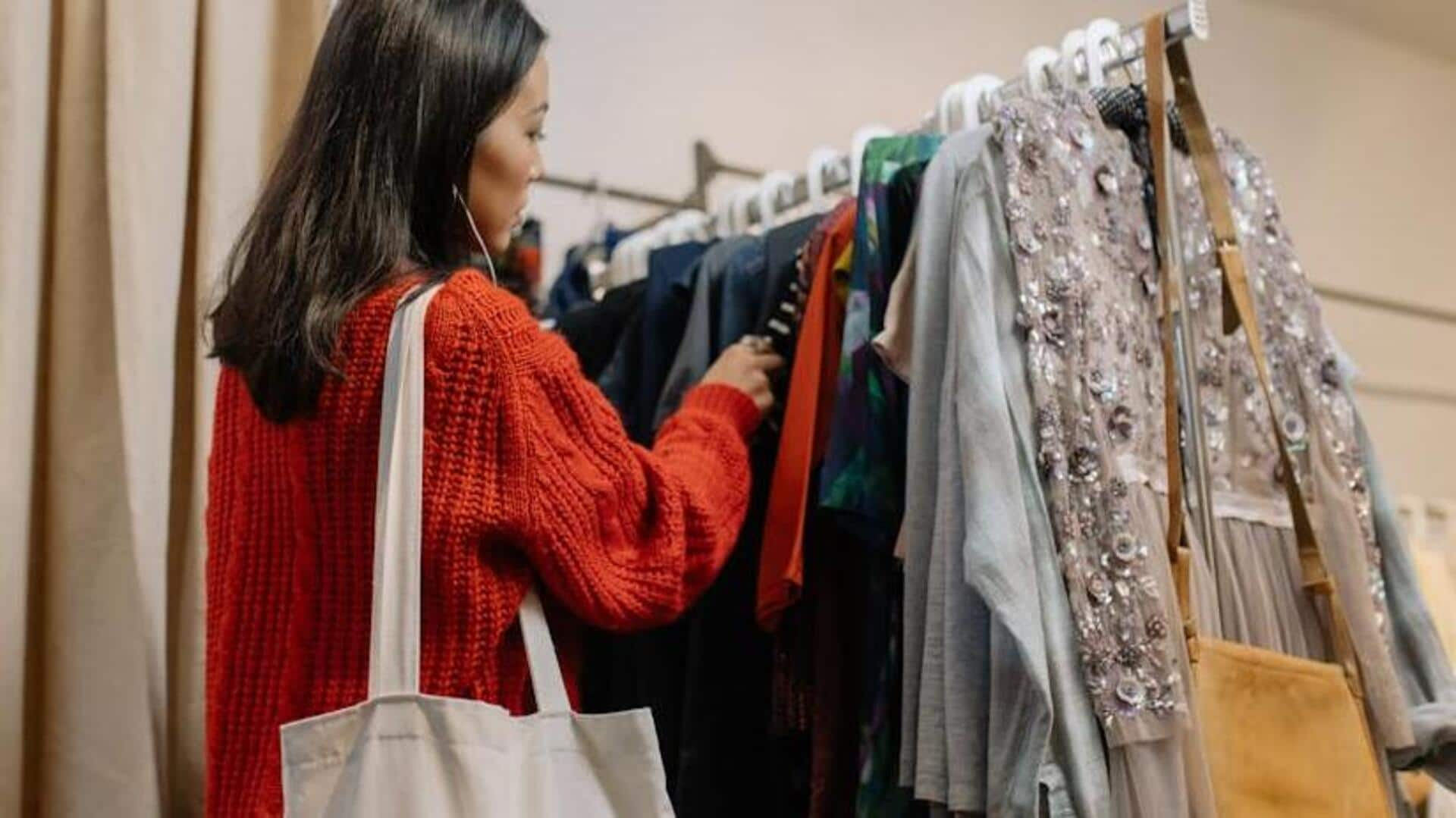
Eco-friendly fashion for back to school
What's the story
As students gear up to return to campus, the spotlight is on sustainable fashion trends. These trends look good and do good for the planet. This year, eco-friendly campus fashion is not just a statement but a movement toward a more sustainable lifestyle. From recycled materials to thrifted finds, this guide will explore how students can make environmentally conscious choices without sacrificing style.
Thrift finds
Embrace thrift shopping
Thrift shopping has emerged as a cornerstone of eco-friendly fashion. By choosing pre-loved clothing, students can reduce waste and support circular fashion. Thrifting allows for unique style expressions while minimizing the demand for new production, which often involves resource-intensive processes. Start by exploring local thrift stores or online marketplaces dedicated to second-hand goods for one-of-a-kind pieces that won't break the bank.
Conscious choices
Choose sustainable brands
More brands are now focusing on sustainability, opting for eco-friendly materials and ethical manufacturing practices. When shopping for new items, it's beneficial to choose brands that openly share their journey toward sustainability. Look for those using organic cotton, recycled polyester, and low-impact dyes. By supporting these brands, consumers help push the market toward more responsible fashion production practices.
Creative upcycling
DIY fashion upcycling
Upcycling gives old clothes a new lease on life with a bit of creativity and do-it-yourself skills. Transforming an outdated pair of jeans into trendy shorts or adding patches to a denim jacket can create personalized items that reflect individual style while reducing waste. Online tutorials offer endless inspiration for upcycling projects that are not only eco-friendly but also budget-friendly.
Swap culture
Advocate for clothing swaps
Clothing swaps among friends or through campus events are an excellent way to refresh wardrobes without environmental harm. These swaps encourage community engagement, allowing participants to find treasures in one another's pre-loved collections. It's a fun method to promote sustainable living practices among peers, discovering new styles and making strides toward sustainability without compromising style or individuality.